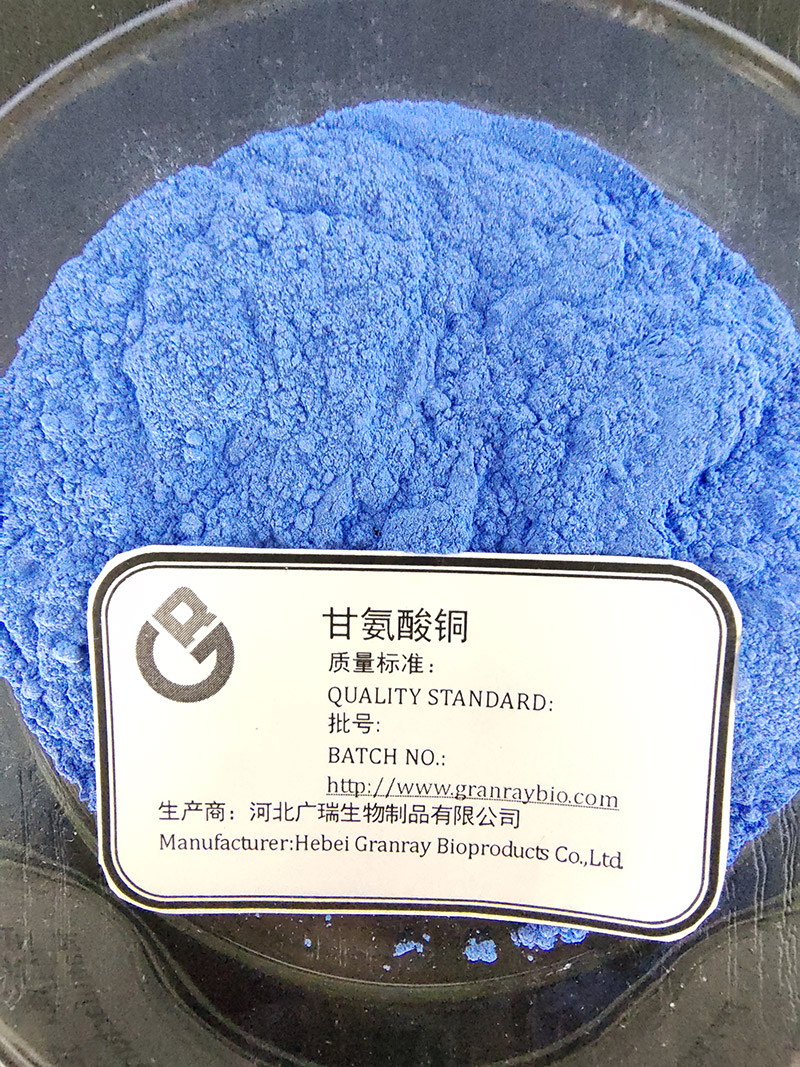White monoclinic or hexagonal crystals, or white crystalline powder. Odorless, with a special sweet taste. The relative density is 1.1607. The temperature of 248 ° C (decomposition). pK'1 (COOH) was 2.34 and pK'2 (N+H3) was 9.60. Soluble in water, solubility in water: 25g / 100ml at 25 ° C; 39.1g / 100ml at 50 ° C; 54.4g / 100ml at 75 ° C; 67.2g / 100ml at 100 ° C. It is extremely difficult to dissolve in ethanol and dissolves approximately 0.06 g in 100 g of absolute ethanol. Almost insoluble in acetone and ether. It reacts with hydrochloric acid to form a hydrochloride. pH (50g / L solution, 25 ° C) = 5.8 ~ 6.4

Quality standard HGB 3075-79
Molecular weight 75.07
Simple structure NH2CH2COOH
Consumption quota Raw material name Specification Consumption, kg/t
1. Chloroacetation method Chloroacetic acid 95% 1600
Liquid ammonia industrial grade 880
Urotropine 98% 350
Ethanol 95% 1100
2, Strecker method formaldehyde 70% 114
Sodium cyanide 70% 930
Ammonium chloride 70% 1020
Barium hydroxide 80% 1430
Sulfuric acid 90% 725
Glycine has a unique sweet taste, which can alleviate the acidity and alkalinity, mask the bitterness of adding saccharin in food and enhance the sweetness. If the human body consumes too much glycine, it can not only be absorbed and utilized by the human body, but also breaks the body's absorption balance of amino acids and affects the absorption of other amino acids, resulting in imbalance of nutrition and affecting health. Milk-containing beverages produced with glycine as the main raw material can easily adversely affect the normal growth and development of adolescents and children.
Last article:What is the difference between feed glycine and industrial grade glycine?
Next article:What is zinc glycine
Related news
- Granray sales representatives attend the 2019 autumn FIC exhi
- Our foreign trade representatives will participate in CPhI Wo
- The 2019 cphi-frankfurt world pharmaceutical raw materials Eu
- Hebei Granray Bioproductsparticipated in the exhibition in Th
- SGS personnel are warmly welcome to our factory for on-site i
- Company name change notice
- CPhI & p-mec China 2019 brings to a close!




